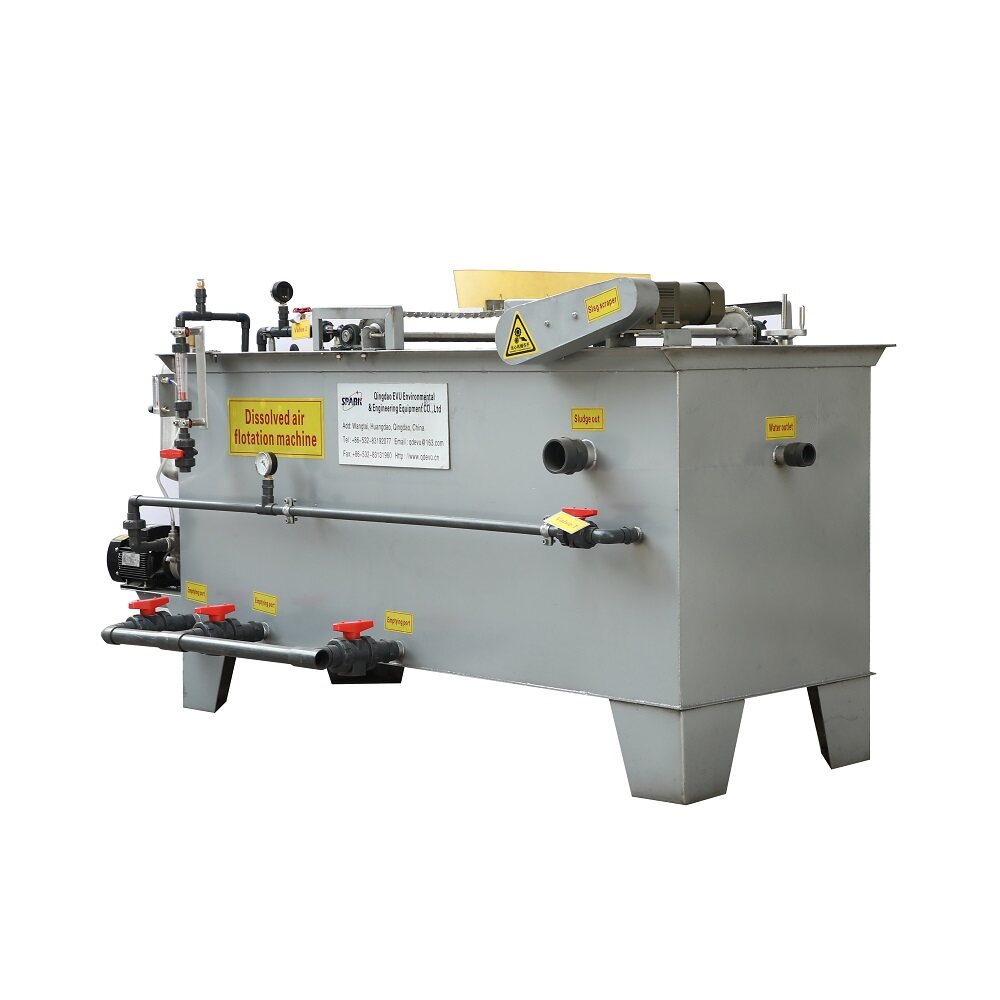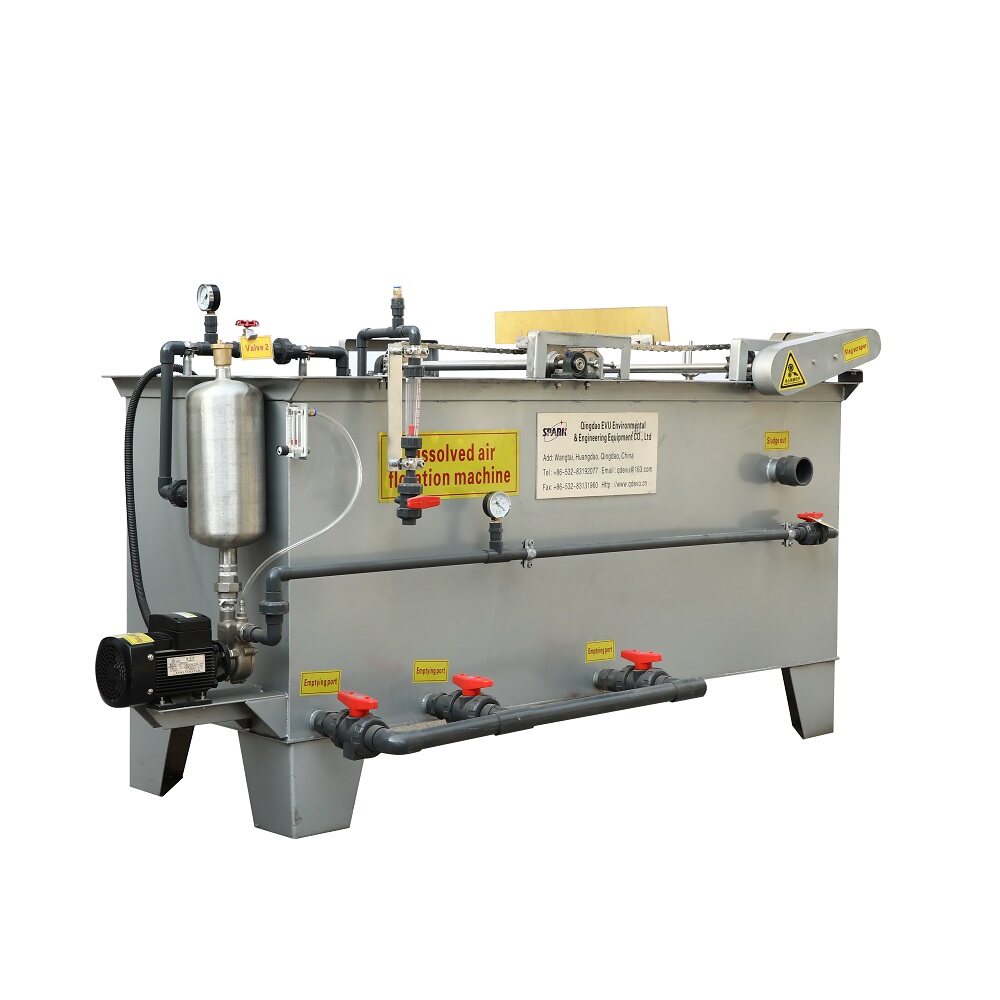Unlocking Sustainability in the Pulp and Paper Industry Wastewater Company: A Comprehensive Exploration
The pulp and paper industry, a cornerstone of modern society, faces the dual challenge of meeting global demand for paper products while managing the environmental impact of its operations, particularly concerning wastewater. In this comprehensive post, we delve into the intricacies of wastewater management within the pulp and paper industry company. Join us as we uncover strategies to enhance sustainability and mitigate environmental impact.
Understanding the Pulp and Paper Industry Wastewater Company
To grasp the complexities of wastewater management, it's essential to understand the operations of a pulp and paper industry wastewater company. These specialized entities are tasked with treating wastewater generated during the production process, ensuring compliance with regulatory standards while minimizing environmental harm. From pulping to bleaching and papermaking, each stage contributes to the wastewater's unique composition and challenges in treatment.
Challenges Faced by Pulp and Paper Industry Wastewater Companies
The pulp and paper industry wastewater company encounters a myriad of challenges in managing wastewater effectively. These challenges include:
1. High Organic Content: Wastewater from pulp and paper production contains high levels of organic matter, including lignin, cellulose, and hemicellulose, which can be challenging to degrade through conventional treatment methods.
2. Chemical Contaminants: The pulping and bleaching processes involve the use of various chemicals, such as chlorine, hydrogen peroxide, and sodium hydroxide, which can result in the presence of toxic compounds and recalcitrant pollutants in wastewater.
3. Volume and Variation: The volume and composition of wastewater can vary significantly depending on factors such as production volume, raw material inputs, and process configurations, requiring adaptable treatment systems capable of handling fluctuations effectively.
Innovative Solutions for Wastewater Treatment
Pulp and paper industry wastewater companies employ innovative technologies to address these challenges and achieve efficient wastewater treatment:
1. Biological Treatment Systems: Biological treatment processes, such as activated sludge, aerobic and anaerobic digestion, and biofiltration, utilize microorganisms to degrade organic pollutants present in wastewater. These processes can effectively reduce the organic content of wastewater and improve its biodegradability.
2. Advanced Oxidation Processes (AOPs): AOPs, including ozone treatment, ultraviolet (UV) irradiation, and advanced oxidation with hydrogen peroxide, are effective in degrading recalcitrant pollutants and breaking down chemical contaminants present in wastewater. These processes generate highly reactive hydroxyl radicals that can oxidize a wide range of organic and inorganic compounds.
3. Membrane Filtration: Membrane filtration technologies, such as ultrafiltration (UF), nanofiltration (NF), and reverse osmosis (RO), offer high removal efficiencies for suspended solids, dissolved contaminants, and pathogens present in wastewater. These technologies utilize semi-permeable membranes to physically separate contaminants from water, producing high-quality effluent suitable for reuse or discharge.
Sustainability Initiatives in Pulp and Paper Industry Wastewater Management
In response to growing environmental concerns and regulatory pressures, pulp and paper industry wastewater companies are increasingly embracing sustainability initiatives to minimize their environmental footprint and enhance resource efficiency:
1. Water Reuse and Recycling: Implementing water reuse and recycling programs allows companies to minimize freshwater intake and reduce wastewater discharge, thereby conserving water resources and reducing environmental impact. Effluent from wastewater treatment processes can be treated to a high standard and reused for various industrial purposes, such as process water, cooling water, and boiler feedwater.
2. Energy Recovery: By harnessing energy from wastewater treatment processes, such as biogas recovery from anaerobic digestion and heat recovery from thermal treatment processes, companies can offset energy consumption and reduce greenhouse gas emissions. This not only improves the sustainability of wastewater management but also contributes to the overall energy efficiency of the facility.
3. Circular Economy Practices: Embracing circular economy principles involves optimizing resource utilization and minimizing waste generation throughout the pulp and paper production process. This includes maximizing the recovery of valuable by-products, such as lignin and cellulose fibers, for reuse or recycling in other applications, as well as implementing closed-loop systems to minimize waste generation and environmental impact.
Case Studies: Leading the Way in Sustainable Wastewater Management
EcoPulp's Innovative Approach: A Model of Excellence
EcoPulp, a renowned pulp and paper manufacturer, stands out for its innovative approach to wastewater management. The company has implemented a comprehensive wastewater treatment system that integrates biological treatment and advanced oxidation processes (AOPs) to achieve exceptional results. By leveraging biological treatment to degrade organic pollutants and AOPs to tackle recalcitrant contaminants, EcoPulp has set a new standard for wastewater treatment efficiency and environmental stewardship.
GreenPaper's Water Reuse Program: Setting the Bar for Resource Efficiency
GreenPaper, a progressive player in the pulp and paper industry, has spearheaded a pioneering water reuse program to optimize resource utilization and minimize environmental impact. The company recycles treated wastewater from its production process for various industrial applications, such as process water for papermaking and cooling water for equipment. Through this initiative, GreenPaper has significantly reduced freshwater consumption, wastewater discharge, and overall environmental footprint, setting a commendable example for sustainable water management practices.
RenewaPulp's Energy Recovery System: Driving Towards Renewable Energy
RenewaPulp, a forward-thinking pulp and paper manufacturer, has embraced renewable energy solutions to power its operations and reduce greenhouse gas emissions. The company has installed an innovative energy recovery system that harnesses biogas generated during the anaerobic digestion of organic waste in its wastewater treatment process. By capturing and utilizing biogas to fuel onsite cogeneration units, RenewaPulp not only meets its energy needs sustainably but also contributes to the transition towards a low-carbon economy.
Conclusion: Shaping a Sustainable Future
In conclusion, the pulp and paper industry wastewater company plays a vital role in safeguarding the environment while supporting industrial activities. By embracing innovative technologies and sustainability initiatives, these companies can minimize their environmental footprint, enhance resource efficiency, and contribute to a more sustainable future. As the industry continues to evolve, collaboration and innovation will be key in achieving effective wastewater management and environmental stewardship. Together, we can unlock the potential for sustainability in the pulp and paper industry and pave the way for a greener tomorrow.



